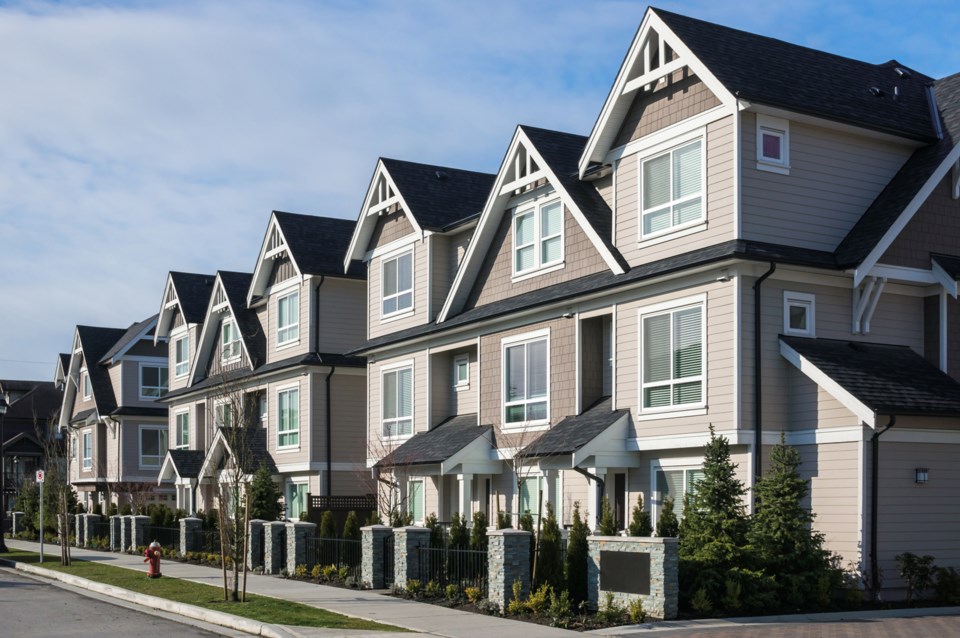A beautiful little three-bedroom house in Winlaw B.C. sitting on over an acre of land with a spot for your chickens, a workshop and a cold storage building costs about $242,000. The town is nestled in the Slocan Valley, which welcomes young families and ancient hippies.
No wonder young people are trying to figure out how to leave the Lower Mainland. A house – no, make that a townhouse – in the Lower Mainland with none of the features of a Winlaw spread will cost you much more than $242,000. And you’ll spend a good part of your day battling traffic or maneuvering through transit to make it to a job that will pay for your mortgage, but leave you little extra.
The Lower Mainland housing market is on the verge of becoming an enclave for well-to-do residents or investors. Well, actually, it already is, but now we’re seeing young people who may have had some hope of making it in the big city abandoning all hope.
A UBC professor this past week, Nathan Lauster, decided to take a closer look at housing in the Lower Mainland, specifically bedrooms.
Using Statistics Canada data, Lauster counted 459,994 extra bedrooms in homes across Metro. He estimates that about one-fifth of all bedrooms aren’t occupied.
This should come as no surprise.
All one has to do is drive through a 1960s suburban neighbourhood to see large homes – many of them built for large families – housing just mom and dad now.
The prices of these homes are unreachable for any average young Canadian to contemplate. One-and-a-half million bucks for a split-level suburban special that needs a new roof and new carpet – and, by the way, you’ll be taxed heavily for the privilege of owning it.
Folks are finding creative solutions, like families co-owning houses or friends renting out rooms to other friends. But, in the end, most people want a space they and their family can call their own.
So professor Lauster’s recommendation after detailing how many bedrooms are empty? Build more townhomes and apartments and fewer big houses.
Well, we second that motion.
Now you just need to get developers, politicians and NIMBY homeowners to bend a little and make room for the missing middle.
That’s the hard part.



